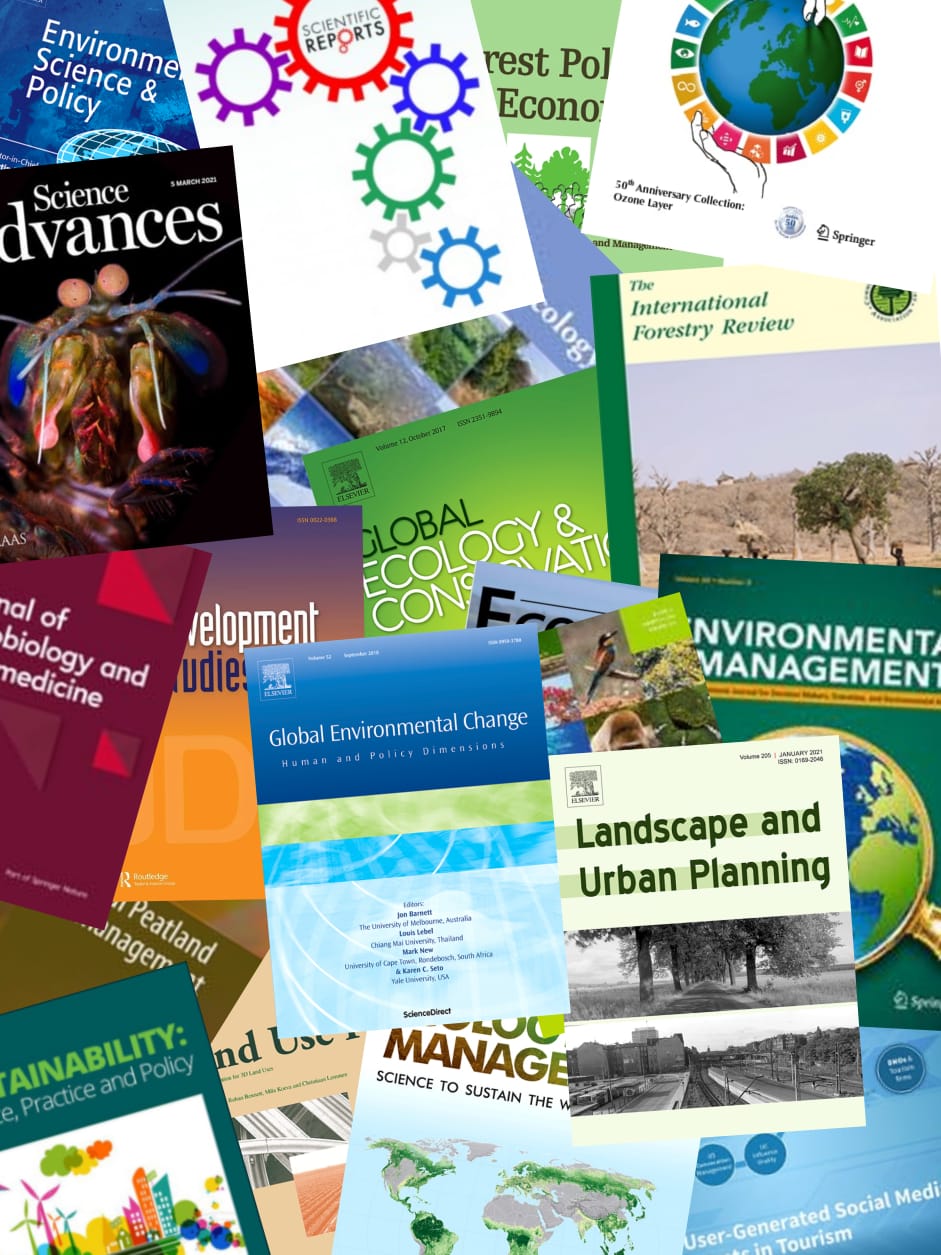Objective: From late July to the beginning of October 1997, countries of Southeast Asia experienced severe smoke haze pollution from uncontrolled forest fires mainly in the Indonesian states of Kalimantan and Sumatra. In Singapore, the impact of the 1997 haze was felt in the period from the end of August to the first week of November 1997 as a result of prevailing winds. Methodology: The Ministry of the Environment monitors ambient air quality by a country-wide telemetric air quality monitoring and management network, with 15 stations located throughout the island, linked via a public telephone network to a central control station at the Environment Building. The monitoring methods used are the United States Environmental Protection Agency (USEPA) reference methods. The Pollutant Standards Index (PSI) developed by the USEPA is used for the reporting of daily air pollution concentrations. Intervals on the PSI scale are related to the potential health effects of the daily measured concentrations of the five major air pollutants: sulfur dioxide, particulate matter (PM10), nitrogen dioxide, ozone and carbon monoxide. Public sector health facilities which come under the Ministry of Health, have computerized patient care systems which enable the routine ongoing surveillance of disease conditions for the period of the haze. Attention during the period of the haze was focused on conditions related to health effects of the haze. Data sources for the monitoring of the lung health effects of the haze included morbidity from public sector outpatient care facilities, accidents and emergency departments, public sector inpatient care facilities and national mortality data. Results: Findings from the health impact of the haze showed that there was a 30% increase in outpatient attendance for haze-related conditions. An increase in PM10 levels from 50 μg/m3 to 150 μg/m3 was significantly associated with increases of 12% of upper respiratory tract illness, 19% asthma and 26% rhinitis. Supplementary findings from scanning the electron microscopic sizing of the haze particles showed that 94% of the particles in the haze were below 2.5 μm diameter. This was consistent with emissions from combustion sources originating over 500 km from Singapore. This has been of some concern because particles smaller than 2.5 μm in diameter can easily bypass normal body defence metabolism and penetrate deeply into the alveoli of the lungs. During the same period, there was also an increase in accident and emergency attendance for haze-related conditions. There was no significant increase in hospital admissions or in mortality. Conclusion: The present study found that the health effects from the 1997 smoke haze in Singapore were generally mild.
View source

